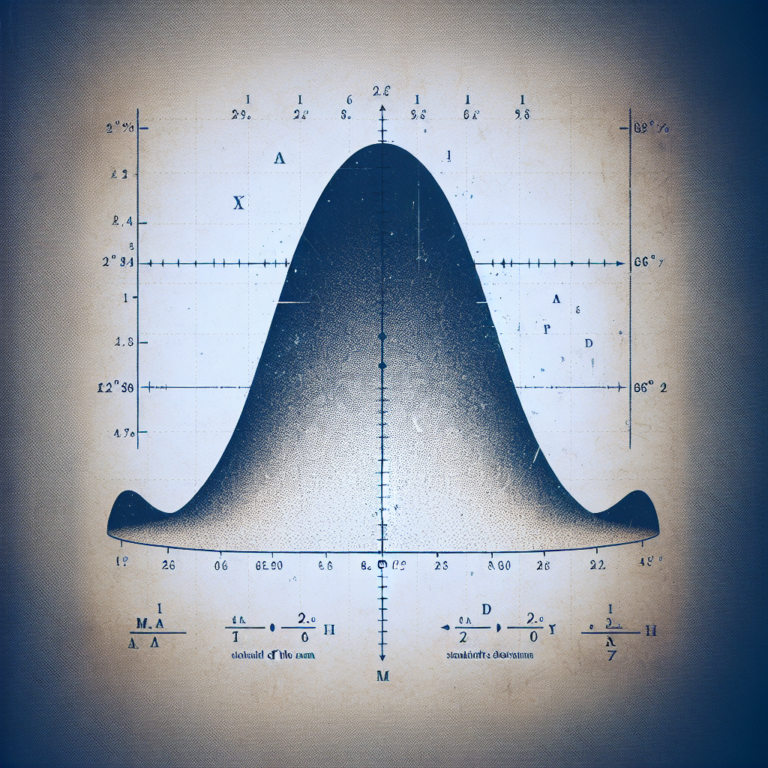In the world of statistics, understanding effect size in statistical analysis is crucial for determining the significance of an experimental outcome. StatisMed, a leading provider of statistical analysis services for medical doctors, emphasizes the importance of effect size in accurately interpreting research findings. Understanding effect size allows researchers to go beyond the mere presence or absence of statistical significance and provides meaningful insights into the magnitude of the observed effects. Let’s delve deeper into why effect size matters in statistical analysis.
What is Effect Size?
Effect size is a quantitative measure that describes the strength of a relationship between two variables or the magnitude of an experimental effect. It provides a standardized metric to compare the impact of different interventions or experimental conditions. While p-values indicate the statistical significance of an effect, effect size complements this by quantifying the practical significance of the results. In essence, it answers the question, “How big is the difference and does it matter?”
Why Does Effect Size Matter?
Provides Context: Effect size helps researchers put their findings into context by quantifying the extent of the effect observed.
Improves Interpretation: By focusing on effect size, researchers can better understand the real-world implications of their results.
Facilitates Meta-Analysis: Effect size allows for the comparison of results across studies, making meta-analyses more robust and informative.
- Guides Decision Making: Understanding the magnitude of an effect can inform decision-making processes in various fields, including medicine and psychology.
How to Calculate Effect Size
There are several ways to calculate effect size, depending on the type of data and research design. Common measures of effect size include Cohen’s d, Pearson’s r, and odds ratios. Each metric has its own strengths and limitations, so it is important to select the appropriate measure based on the research question and data at hand.
Practical Applications of Effect Size
Clinical Trials: Effect size is crucial in clinical trials to determine the effectiveness of new treatments compared to existing ones.
Educational Research: Understanding effect size helps educators evaluate the impact of teaching interventions on student learning outcomes.
- Psychological Studies: Effect size is essential in psychology to assess the magnitude of therapeutic interventions or behavioral changes.
In conclusion, effect size plays a pivotal role in statistical analysis by providing valuable insights into the magnitude of observed effects. By understanding effect size in statistical analysis, researchers can move beyond the limitations of significance testing and gain a deeper understanding of the practical implications of their findings. StatisMed recognizes the significance of effect size in research and is committed to helping medical doctors make informed decisions based on robust statistical analysis.
For more information on our statistical analysis services, please visit StatisMed Services. If you’d like to learn more about our company, head over to our About Us page. To request a quote or inquire about our services, visit our Contact Us page. Thank you for considering StatisMed for your statistical analysis needs.
[ad_2]




